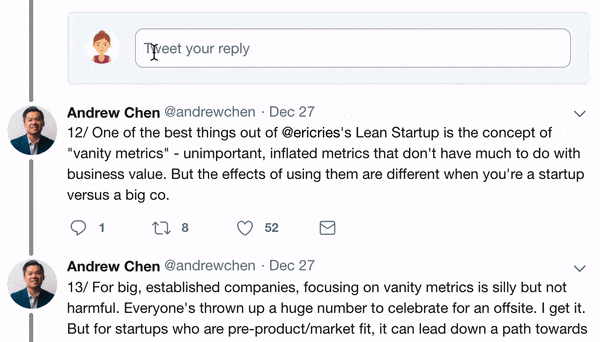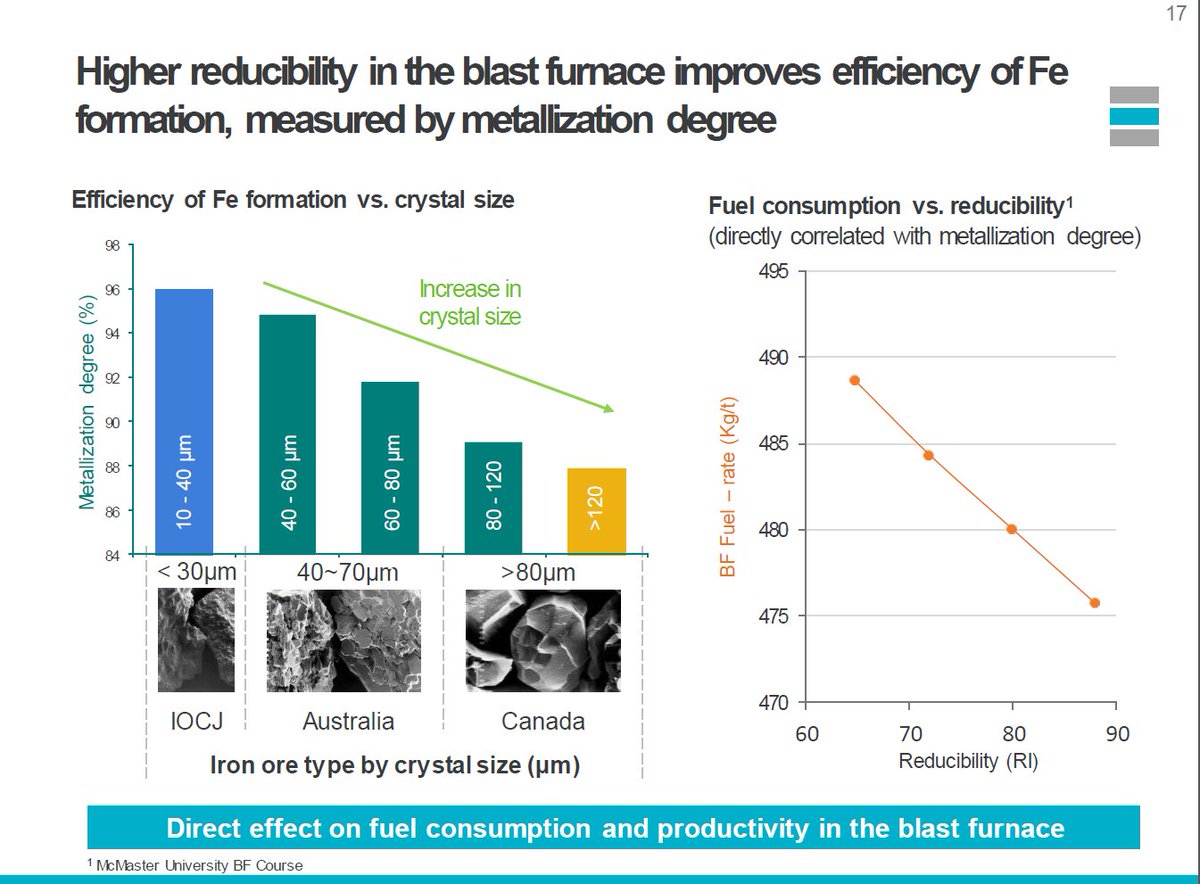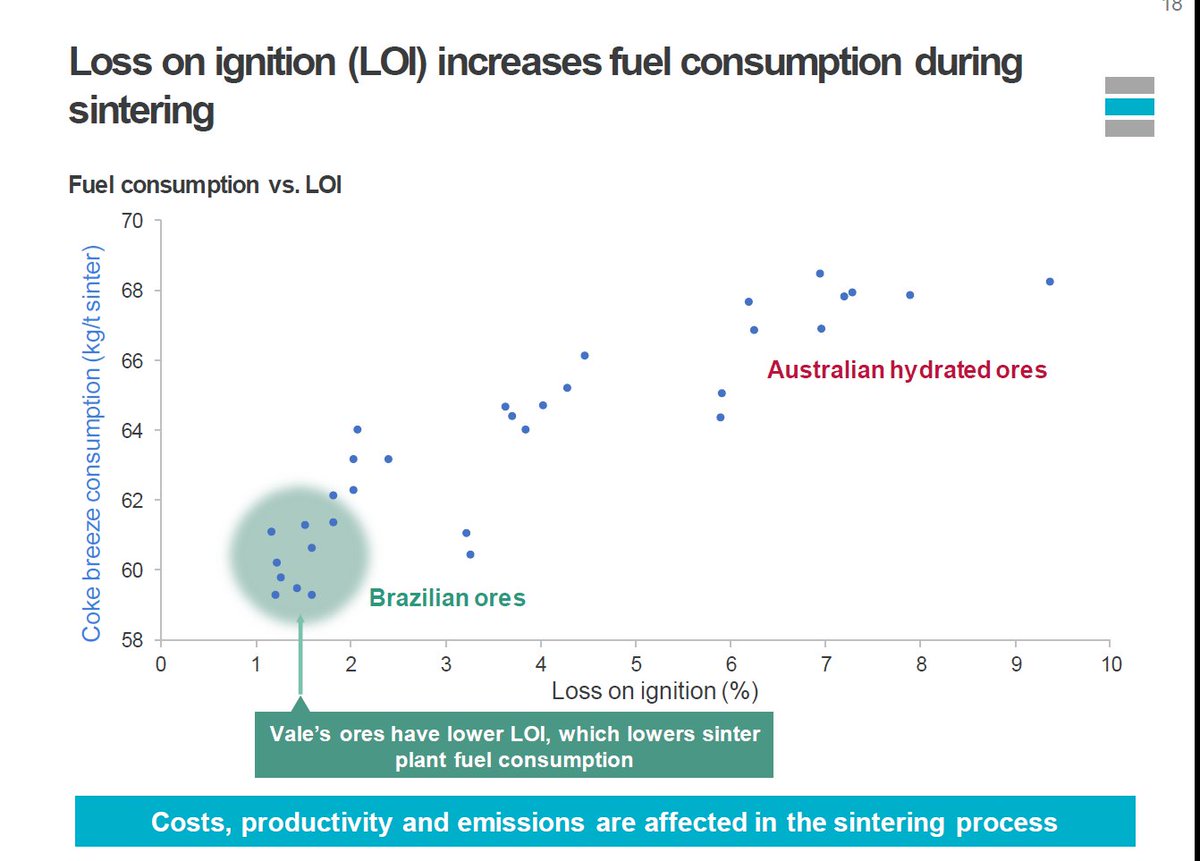
With the trend to sulphide deposits this decade in the copperbelt, the koala proposes the most impactful ESG investment that could be made right now is copper smelting capacity in the DRC which would be hydropowered. Let's discuss...1/n
Kamoa-Kakula is all sulphide, Mutanda oxides almost depleted, will then be sulphide, same with Kinsevere. TFM may have another decade of oxides but either way...sulphide deposits produce copper concentrate not metal. What is copper concentrate Koala? 2/n
Copper concentrate is a powder that is 25-50% Cu depending on the minerology of the ore deposit. If its chalcopyrite dominant, closer to 25%, if its pure chalcocite, 50%+ is possible. Why does this matter? 3/n
Three main reasons: provenance, freight, & economic development. Let's start with provenance. There is a new trend to "green metals", you see it today with hydropowered aluminum smelters looking to get a premium for their "low carbon intensity" metal. One issue with copper...4/n
Cu conc go to a smelter, where it can be mixed with concentrates from other mines. So you can have conc from the Kakula mill that was 100% hydropowered, but its going into a smelter in China along with coal powered conc from Oyu Tolgoi, in a smelter not powered by renewables 5/n
But out of this smelter comes copper metal. Now, even if the mines are green, there is no green benefit to be had. First observation - green premiums will accrue to the smelters not the miners. Especially if using a different conc does not materially impact smelter emissions 6/n
In a world where western companies & consumers may pay a premium for "green metal", a hydro powered smelter in the DRC smelting DRC & Zambia concentrates makes a lot of sense as it can capture the potential future premium. 7/n
Which brings the koala to the 2nd reason: freight. Look at Ivanhoe's economic studies, from memory, freight is ~$300/t conc. So it costs $300/t to get a tonne of material to seaborne market. Kakula conc is 50%, that means it costs ~$600/t Cu. 8/n
If you were shipping metal (100% Cu) instead of conc (50% Cu), you just reduced that shipping cost by $300/t Cu, that's real accretion on a $9,000/t metal. Which then brings the koala to the third point, economic development. 9/n
A major push on smelting capacity, hyrdo generation, grid modernization, and renewables in the DRC would create material opportunity for more sulphide resources in both DRC & Zambia which would grow those economies and bring incremental prosperity to two nations that need it 10/n
That means more Cu to further the decarbonization & electrification of our planet. In a world that seems to be swimming in capital, which innovation will have a greater economic & societal impact, the blockchain or unlocking the potential of the Africa copperbelt? 11/n
In fact, open question: name an investment that could have a similar real world societal & economic impact that would keep in the spirit of what ESG intends to be about. Koala is interested to see what idea are offered up. 12/12
• • •
Missing some Tweet in this thread? You can try to
force a refresh







